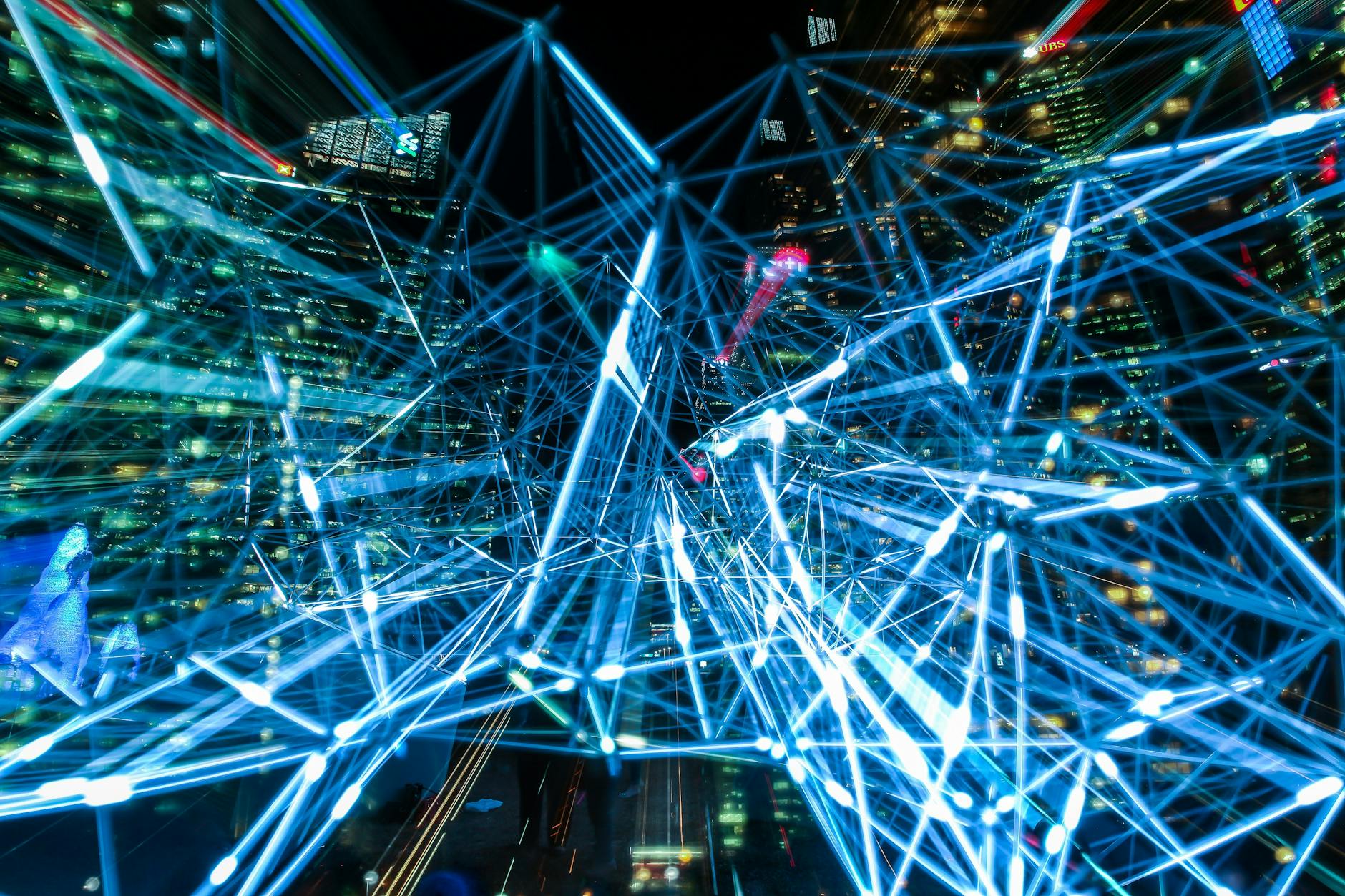[Latest in 2025] What is Google’s “Agent2Agent (A2A)”? Ushering in a New Era of AI Agent Collaboration
Overview and Target Audience
This article is aimed at AI developers, engineers involved in business process automation, product managers, and corporate stakeholders who are considering leveraging collaborative AI agents in the future. It provides comprehensive insights, especially beneficial for those interested in interoperability between different AI systems and efficient task processing.
Additionally, it considers web accessibility by including simple explanations for technical terms and presenting content in a structure that is easy to understand, even for readers with visual or cognitive limitations. The article complies with accessibility level “AA” or higher.
What is Agent2Agent (A2A)?
In April 2025, Google introduced the Agent2Agent (A2A) protocol, a standard communication specification designed to enable safe and efficient collaboration between AI agents.
Traditionally, AI agents developed by different companies or systems had proprietary structures, making integration difficult. A2A resolves this by enabling connections under a common framework. For instance, it allows Company A’s customer support AI to collaborate with Company B’s data analysis AI to seamlessly and automatically handle user interactions—a vision that is now becoming reality.
What Problems Does A2A Solve?
A2A addresses the following issues:
-
Lack of mutual understanding among AIs
Different AI models could not communicate in a shared language, limiting collaboration. -
Unstandardized security and authentication
Varied authentication and authorization methods across companies made secure communication difficult. -
Inability to handle long-term tasks
AI systems struggled to stay involved in project-based processes that span several days.
A2A solves these problems by establishing a common protocol that eliminates language barriers between agents, enabling safe and flexible collaboration.
Key Technical Features of A2A
Here are the main technical characteristics of A2A:
🔄 Collaboration Across Heterogeneous AI Agents
A2A allows unified communication even among AIs from different vendors like OpenAI, Anthropic, and Meta.
🧩 Enterprise Integration
It is designed for seamless integration with SaaS platforms and business applications like Salesforce, SAP, and Slack.
🔐 Security Measures
By adhering to current standards such as OAuth 2.0 and OpenID Connect, A2A enables secure, token-based communication.
🎨 Multimodal Compatibility
Supports not just text, but also voice and image formats—enabling collaboration with visual assistance AIs and voice-operated devices.
🕒 Long-Term Task Management
Enables agents to share task statuses and histories, allowing them to handle operations spanning multiple days.
Use Cases and Applications
1. Automating Support Operations
- A chatbot that receives user questions (Agent A)
- A knowledge base AI that searches FAQs and provides answers based on the query (Agent B)
→ With A2A collaboration, these agents enhance the quality and speed of user support.
2. Post-Meeting Minutes Creation
- A voice analysis AI that summarizes conversation transcripts (Agent A)
- An AI that formats the summaries into documents and saves them to the cloud (Agent B)
→ Multiple tasks are automatically distributed and processed among agents.
Differences and Complementarity Between A2A and MCP
The “Model Context Protocol (MCP)” proposed by Anthropic is a specification for enabling AIs to utilize external APIs and tools. In contrast, A2A is a standard for direct AI-to-AI collaboration.
Although their purposes differ, combining both protocols enables powerful integrations:
- MCP retrieves the necessary data via API
- A2A transfers the retrieved data to another AI for further processing
Together, they are expected to dramatically improve the productivity of the entire AI ecosystem.
Future Outlook and Personal Thoughts
The emergence of the Agent2Agent protocol marks a shift from individually operating AIs to a new era of networked AI systems that work in coordination.
Personally, I believe this will accelerate a society where more tasks are automated through AI dialogues, allowing humans to focus more on their inherent creativity. The benefits of such collaborative AI systems will be particularly immense in fields like welfare, education, and healthcare.
Conclusion: Agent2Agent as the First Step Toward “A World Where AIs Collaborate”
Agent2Agent (A2A) is a groundbreaking protocol that makes previously difficult AI-to-AI collaboration both safe and efficient.
- Enables integration between different AI agents
- Enhances support for security and long-term tasks
- Realizes multimodal and enterprise integrations
- Becomes more powerful when used with MCP
In the coming era, where “agents request tasks from other agents” becomes the norm, A2A will be the foundational protocol that makes this possible.
